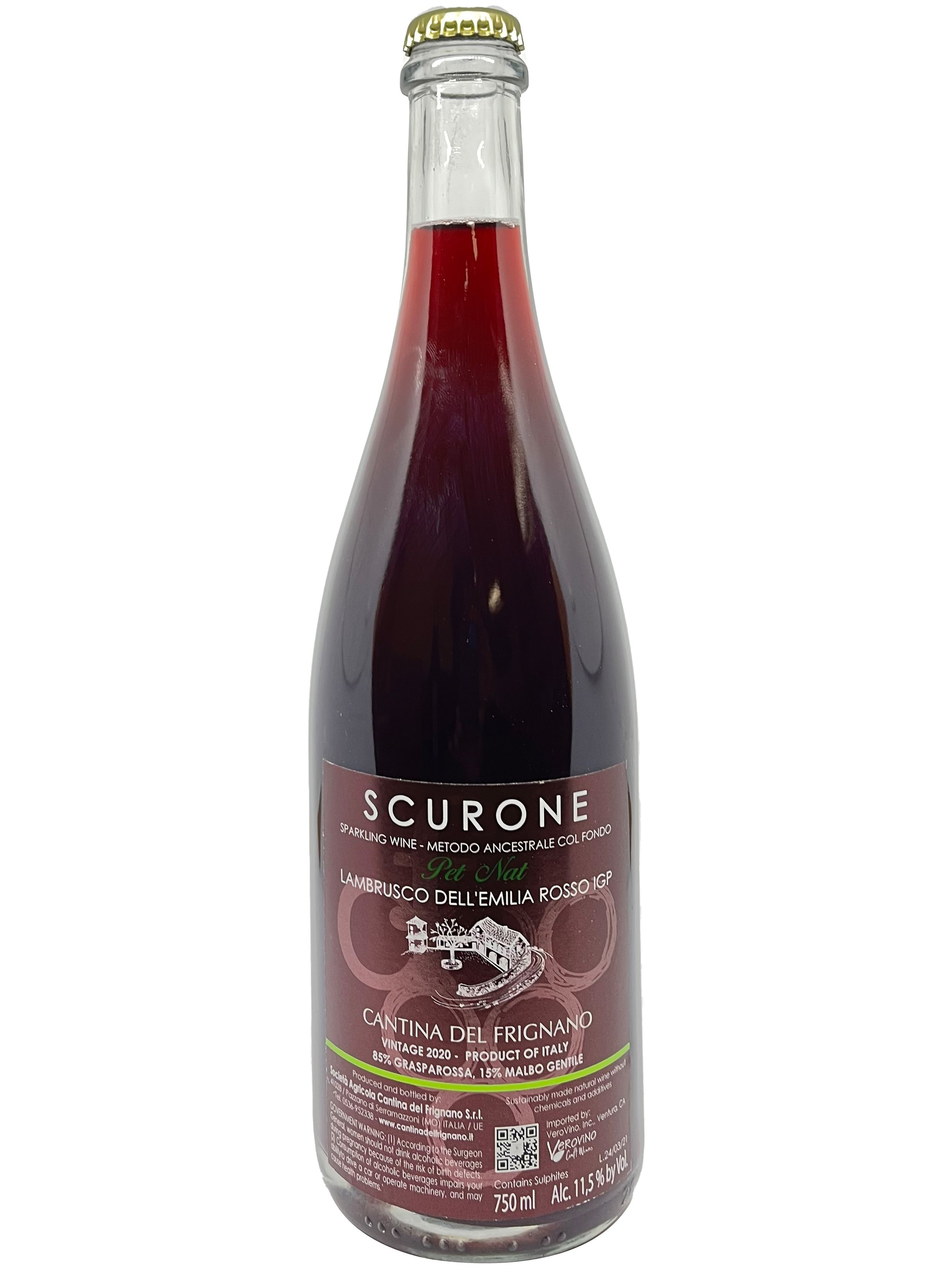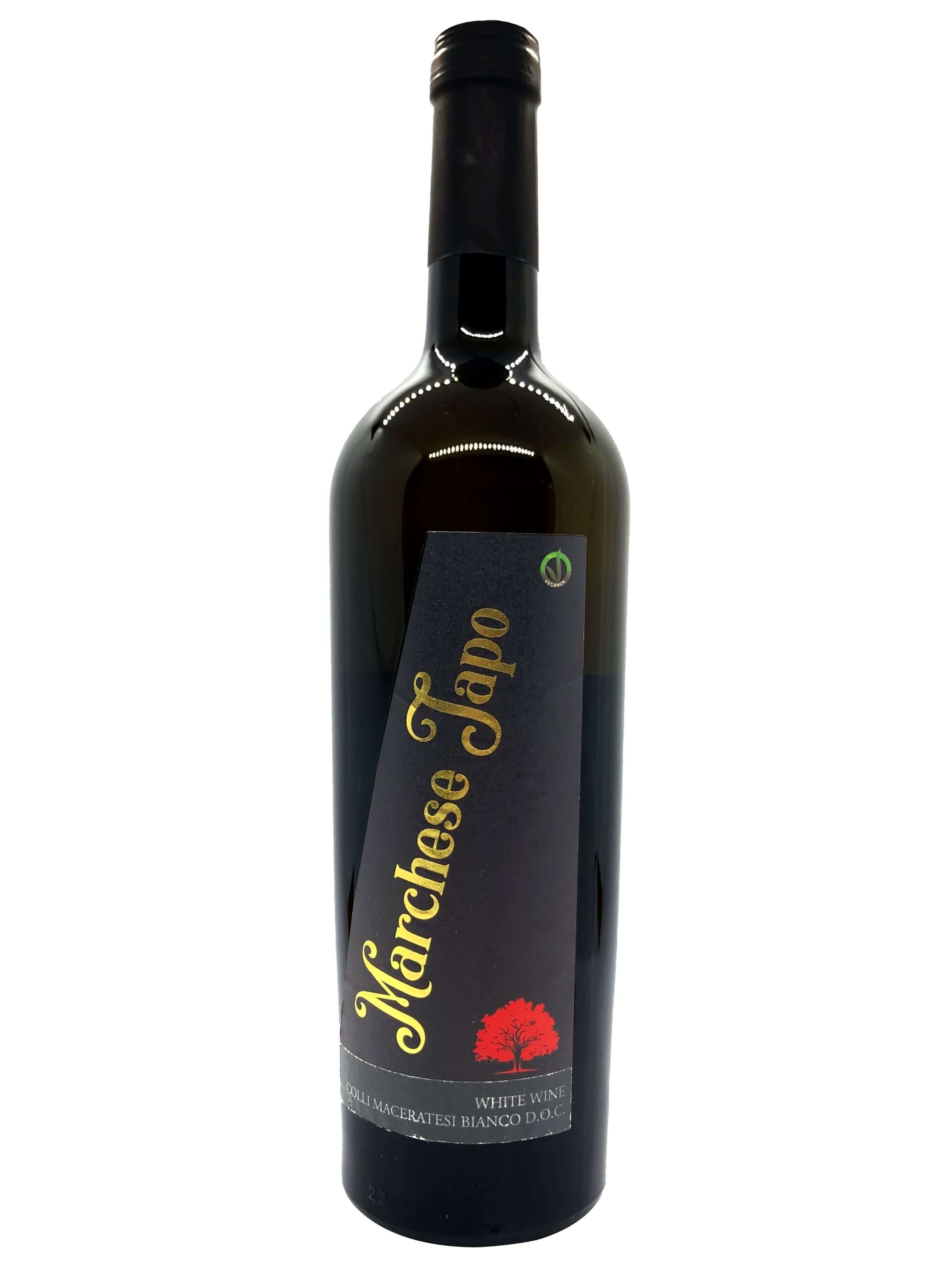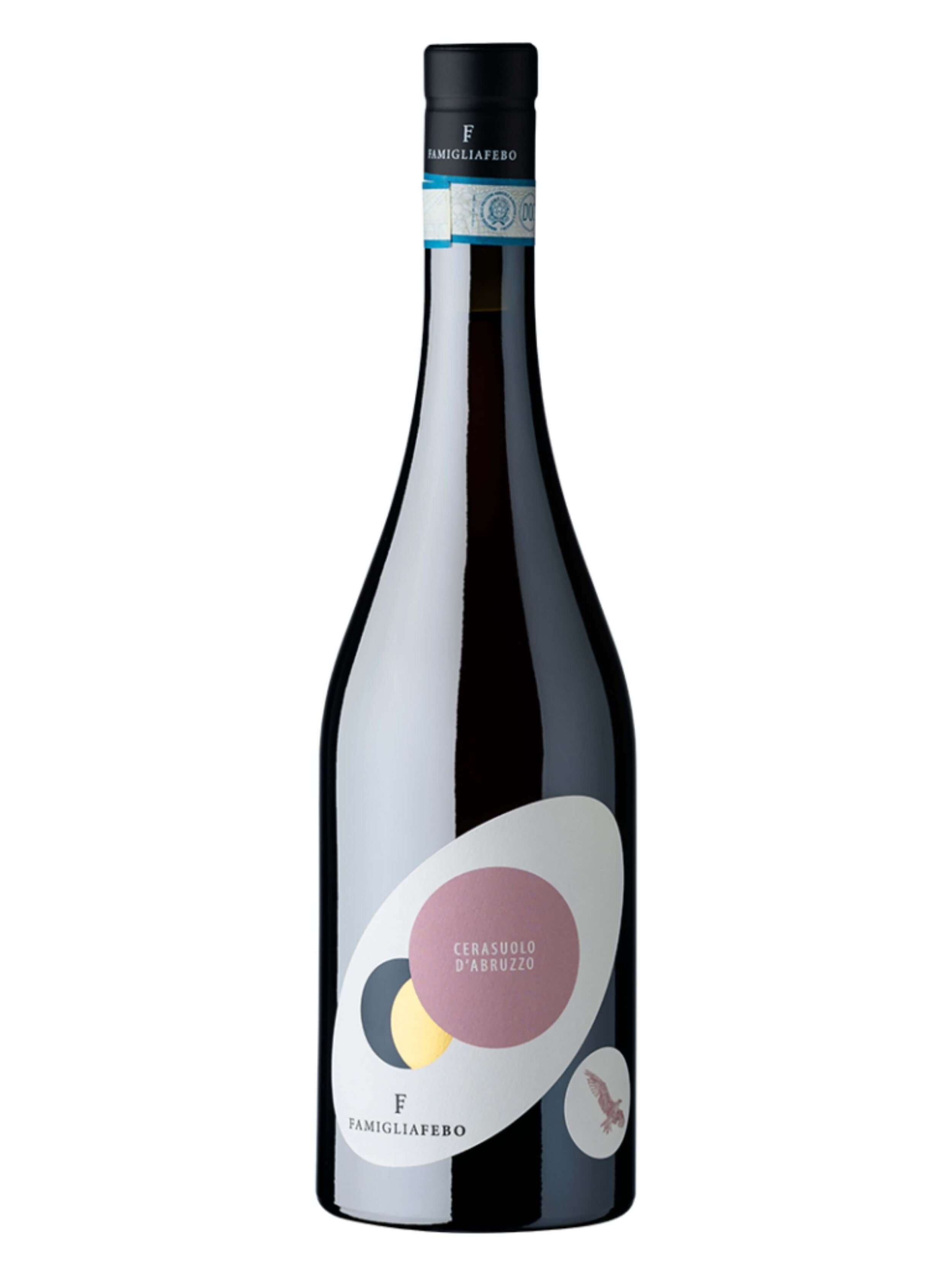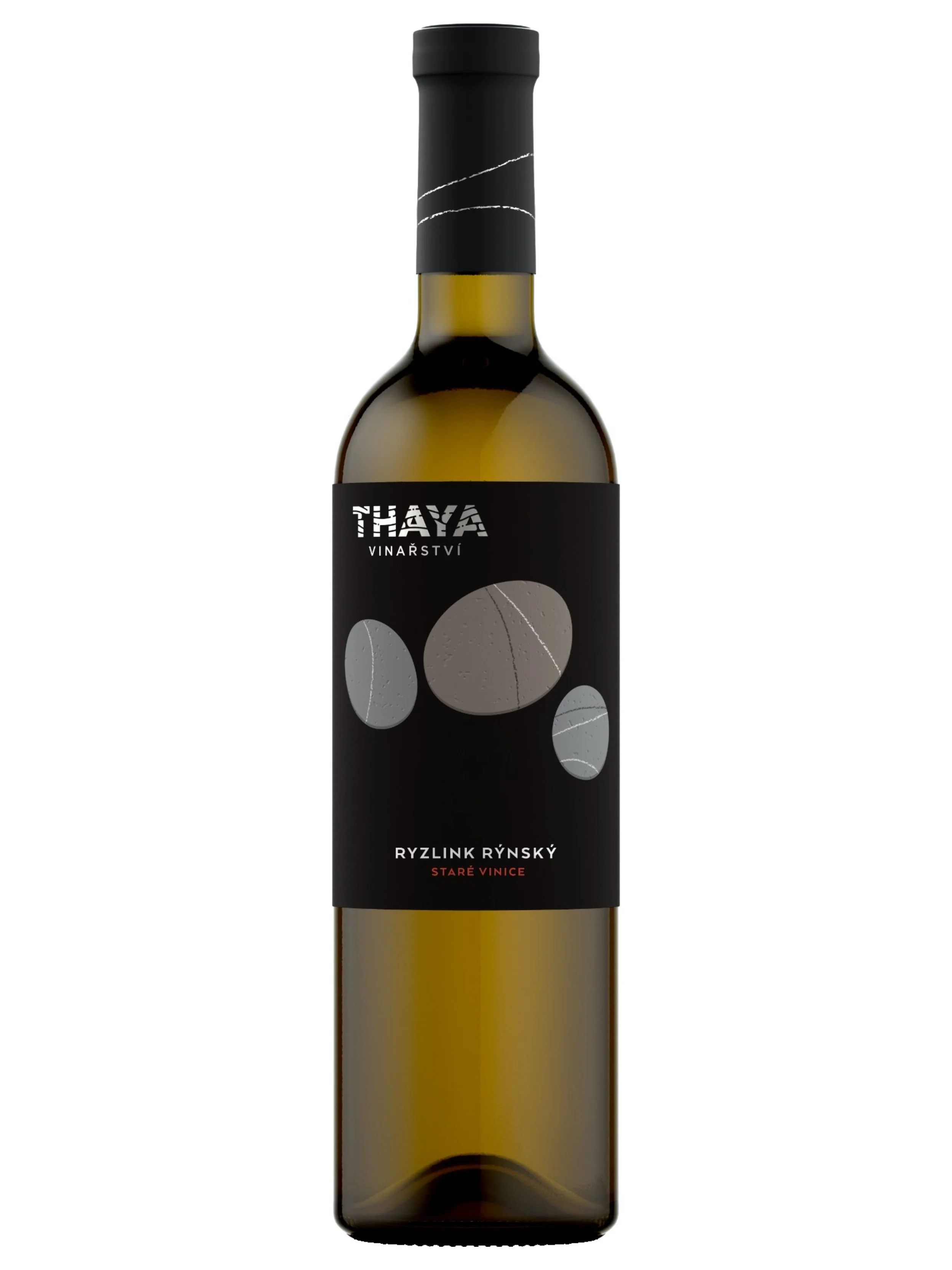Wine Growing Pains This Summer
After a busy winter and spring in the USA, calling on clients, doing wine tastings, attending conferences and wine fairs, and tending to the day-to-day heavy lifting, that comes with the working in the wine industry, our founder, Sheila Donohue, is passing the summer in Europe. This is where most of the small farms and wineries, whose wines and olive oils we import, are based, most of whom make organic wine. With a home in Bologna, Italy, she uses this as her base to do her “foraging”. There, she and colleagues spend lots of time calling on each wine farmer, checking to see how things are going, tasting new wines and new vintages, along with olive oils and other artisanal foods we consider importing.
When Sheila calls the winegrowers, one of the first questions she asks is ‘how’s the year coming along?’ Being that it is mid July, in the peak of the growing season in Europe where grape clusters are on the vine and the fruit is maturing, it is too early to know how the fruit will be this year. But the reactions that Sheila has been getting from most wine farmers have been quite extreme: they are working super hard and super long this year to save their harvests.
Given the unison of the responses she has been getting, she decided to dig deeper to understand better their challenges in the middle of this year’s growing season. It’s a heck of a year to be farming sustainably!
Crazy, and Hazardous, Weather
See this comparison of a field of wild flowers in Emilia Romagna Italy in the summertime of last year (to your left) when there was a drought compared to the right showing this rainy year which has lots more life, both plants and insects.
As we write, there are news articles citing record breaking, extreme heat across the USA and also across Europe… it seems like this spring and summer there is one catastrophe after another that is weather related. Climate change is hitting home hard this year.
We were shocked and saddened by the floods that hit Emilia Romagna Italy, in May, that wiped out homes of many, roads, small towns and fields and vineyards. Heavy rain has hit, especially Central Italy quite hard, not only Emilia Romagna, but also Tuscany, Le Marche and Abruzzo, as well as Puglia in the South, and even North of Italy, in Austria. Since then, rain has continued more often than usual, along with extreme temperature swings, that have caused many hail storms.
This is coming off of several years of drought in Italy, especially 2021 and 2022 which had very little rain, even this past winter. Coincidentally, right at the beginning of this spring, weather experts in Italy were almost raising panic about the prolonged drought.
So, how is nature responding?
All wild, natural ecosystems, from insects to plants, need to fend for themselves, and they adapt. For example, last summer during the drought, insects which normally do not attack vegetable gardens were desperate for food and were invading like crazy; like stink bugs which were desperately inserting themselves into tomatoes growing in the garden last summer to suck the juice, and ruining the tomatoes. This year is a different scene, with other types of challenges. For example, bees’ pollination schedules have been delayed by rain storms, causing some of the early plantings of tomatoes to not set fruit.
Here is what powdery mildew grapes looks like.
How are grapevines responding to this year’s weather calamities?
Busy Times for Winegrowers
We’ve been talking for some time with our Vero producers about challenges, at least in Italy, of several years of drought, causing many to have a Plan B in case the dry spell continued into this year. For Italian wine, certain areas of Italy, like Piedmont, are still officially in a drought, while many other parts are struggling with the effects of too much rain this year. In the latter case, the first thing out of their mouths,is how hard they have been working in their wine farm, from early in the morning to the evening, totally exhausted.
Implicitly, they are talking about their vineyard farming, after all, Vero focuses on small producers who are farming their own land to make their own estate wine, and Italian olive oil. Like, talking with Rosanna of Domus Hortae in Puglia Italy, Southern Italy, she talks emphatically about the difficult growing season, and how many producers around them have lost their harvests this year. This is all due to the impact of the abundant rain and onset of powdery mildew fungus. She says the key is to work hard and long in your vineyard to stay on top of the problem.
And it’s not just in Italy where the organic wine producers are working their ass off: we just heard from our wine producer in Austria, Michi Lorenz, who said “ The growth is late this year and therefore now all at once. It is a very challenging this year, and are already very tired. We usually start at 5 am in the morning until 2 pm. Then break and from 5 pm until 8 pm. Almost every day and have been for about a month. Also weekend, if the weather allows it.”
This same sentiment of the difficulties in vineyard management has been echoed across many other producers we have been speaking with this summer.
So, what actually is going on?
Powdery Mildew
A grape leaf which attacked both by powdery mildew (see discoloring) and hail (see holes in leaf).
Powdery mildew is a fungus that attacks first the vine leaf and then the grape when it’s wet. It is a formidable disease which could threat a whole harvest, if you’re not on top of it. In certain regions in Italy where it has rained a lot over the past couple of months, like Emilia Romagna, you can easily find this disease in any vineyard at the moment. What happened was, after the initial heavy rains in May, the temperatures dipped, so winegrowers were thinking that they escaped the threat of powdery mildew. Little did they know that this deadly fungus was only dormant. Once the heat came back, along with more rain, it then became widespread.
How are winegrowers, especially those that are organic, combatting this threat with the use of chemicals?
The usual go-to for powdery mildew treatment is to apply copper, however too much copper is not good for the plant nor the soil. Think about it: in a normal year, an organic winegrower will apply up to 3 rounds of treatments of copper. Many wine farmers this year have easily doubled that. So, they need another plan of attack.
What is it? Roll up your sleeves, put a hat on, get in the vineyard! You need to pull off leaves, especially the younger ones which are more at risk, and to make sure that the leaves do not touch the grape clusters. Any leaf could have the fungus, even if it does not have the marks of powdery mildew.
As Michi Lorenz says, him and his team are dealing with this threat using a bit of all of the above: there is “a lot of work on the leaves and if possible, drive the tractor, then herbal teas and a little bit of copper. “
But deciding which and how many leaves to pull away, especially with the strongest summer heat hitting the grape clusters, and a record breaking temperatures as we speak, a vigneron, in a ‘normal year’ would be doing the opposite: they would be wanting to leave the leaves so to protect the grapes from getting blistered by the sun.
Then, here’s Michi’s last comment about this year’s growing season so far: “while we are very challenged , but if no hail comes, we will overcome”…
Hailballs after a hailstorm in Piedmont this summer.
Hail
Then, for those of you that follow us on social media will know about the hail storm that was arriving the summer of 2021 while we were visiting the Sanzovo brothers’ Prosecco winery at Col del Balt hill, vineyards and winery. Hail is, say, more of a common threat, although it has heightened over the past several years.
Hail develops during some thunderstorms, which, with all of the severe and strange weather lately, it has becoming more of a risk over the past several years, especially for damaging property, crops, and, of course, vineyards. Conditions for hail is when it is a particularly strong thunderstorm which sucks up air, mixing the warm with cold air.
So far this year there has been hail damage hitting some regions in Italy really hard, and, fortunately, there hail has not severely impacted all regions, nor our wine producers in Austria, Czech Republic and Spain (cross fingers!) In some ways, hail is like a crapshoot: there is not a whole lot you can do for hail damage crops mitigation if a big hailstorm comes and hovers over your vineyard. It can destroy a while crop, by destroying the leaves and fruit. After all, check out the size of these hailballs: they are as big and hard as a baseball!
In some winemaking regions around Europe, they have cannons that go off, making a very loud sound which is meant to disrupt hailstorms via shockwaves. (Fun fact: before hail cannons, in French winemaking regions, they would ring church bells, with the intention of preventing a hailstorm.)
You can come across hail cannons while traveling in certain parts of “wine country” in Europe, and if you do, it completely changes the image you would expect of a bucolic visit to a nature’s paradise. Like how our founder, Sheila Donohue, was caught off guard in the Prosecco wine region while visiting the Italian sparkling wine vineyards at Col del Balt Prosecco winery in Valdobbiadene. Hail canons starting to go off in the middle of an Instagram Live video! Check it out here.
Combatting Climate Change
Do you think this is a wintertime scene?… Think again! This is hail covering fields and vineyards in the summertime!
How does a winegrower respond to the extreme weather and related challenges from climate change? Aside from having to accept lower yields, but that hits them hard, and also for us who enjoy wine. In certain parts of Italy, they are expecting 30-40% less harvest due to this double threat from powdery mildew and hail, with some producers losing most or all of this year’s harvest due to hailstorms destroying entire vineyards.
Many believe, at least in Italy, that native grape varieties that are grown in the area where they are from are more resistant. In fact, Lorenzo Corino in this book, The Essence of Wine and Natural Viticulture has a chapter about climate change, and this is the first of several choices he recommends to combat climate change in the vineyard. Other suggestions include:
“take care of the soils vitality” and work towards letting it achieve its potential;
prevent soil erosion by avoiding tilling, “compacting,.. spraying” and do your best to preserve the organic matter.
Hard Work Pays Off
Our producers do not take short cuts. After all, we specialize in small farmers, farming their own land many times which were part of their family for centuries. Plus, their face is behind each bottle, and you’ll see the wines they made on their dinner tables. Naturally, they are committed to making a genuine farm to glass product which has little to no intervention. And most farm organically, certainly taking a sustainable approach as best as they can, knowing that they want their future generations to continue benefiting from the fruits of their land and the earth, which we can appreciate and enjoy TODAY by purchasing their farm-made wines and olive oils.
If you work in the wine and food business, do contact us to learn more about our portfolio.
If you work for a company that is seeking unique and sustainably made wine gift baskets to delight your own clients with or if you’re interested in doing wine tastings with our sommeliers, contact us.
Otherwise, for you wine loving consumers, head to our online shop today and begin your discovery of small production organic, natural wines and foods you never had. Better yet, join our wine club, so you can put the discovery of new wines and foods on autopiliot and leave it to us to forage and curate for you!
Did you like this article? Be sure to subscribe to the Vero newsletter!













